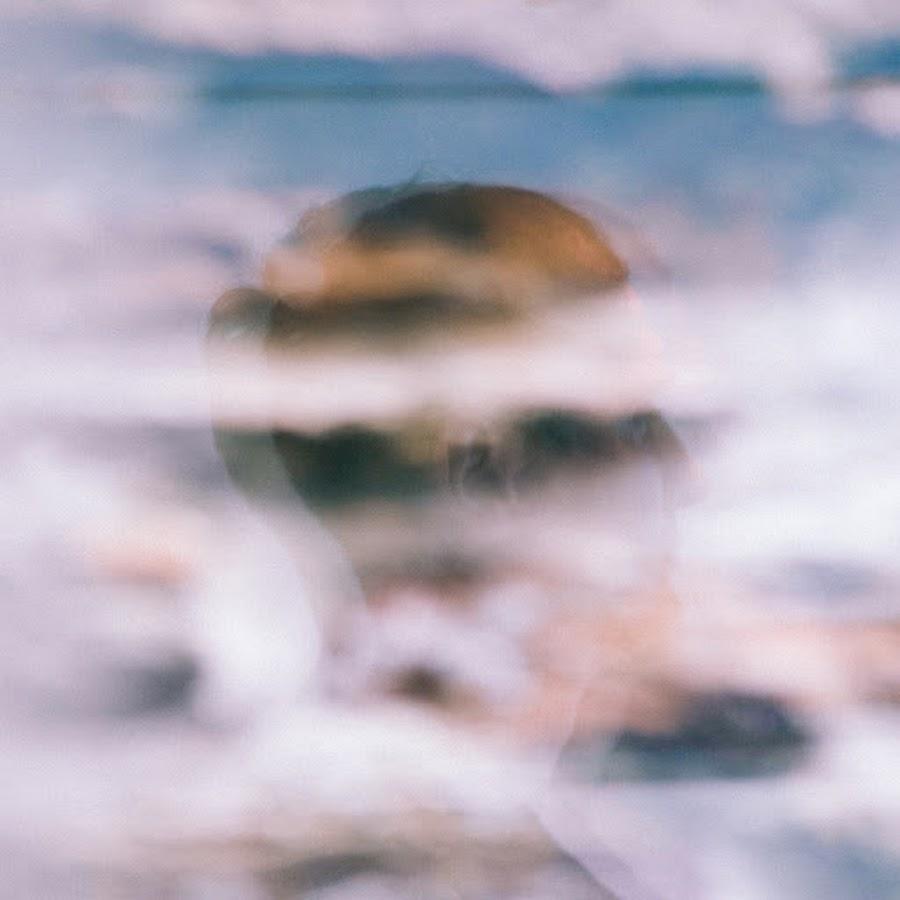Last week, Sule Skerry – the second album in Erland Cooper’s Orkney-moulded triptych – was released on the Phases record label. Rob St. John reviews.

Sule Skerryis Erland Cooper’s second solo album in a trio of works shaped by his childhood home, the Orkney Islands. Where last year’s critically-acclaimed Solan Goosedrew inspiration from the birdlife of Orkney, the nine tracks on Sule Skerrytake an elemental dip down towards the North Sea. Cooper explains,’It’s a record about the sea, our relationship with the outside world, forces outside of our control but it’s also about creating a nest within that, nurturing and protecting our own sea havens, those sheltered bays, those safe places. Always returning back in some form, as we step in and out daily.’
Sule Skerry is carefully constructed from ebbing piano motifs, airy string textures and soft synthetic drones. Field recordings seep in and out of the compositions, creating moments of temporary resonance in spaces between Orcadian landscape and Cooper’s London studio. The sub-bass rumble of thunder rolling across open water like a low-end sine wave; the hum of a passing fishing boat wavering in and out of a synth drone.
Sule Skerry is shaped by Cooper’s geographic distance from the Orcadian landscape of his childhood, variously recalled and reshaped. Cooper recorded a series of ‘sonic postcards’ of Orkney which were taken back south for the album’s mixing process. Along with the field recordings of the Orcadian soundscape, he recorded local people telling stories of selkies, Norse seafarers and other island tales.
This process of sonic mapping also included a series of impulse responses: a technique which records the reverberations of real spaces. In this way, the echoes of spaces important to Cooper – beneath the lifeboat pier, in his local town hall and inside a 5000 year old Neolithic cairn – could be digitally archived and used to effect instrument recordings made elsewhere. Space shifts in sound, in other words. Cooper outlines this process: ‘I like to take almost an etching of the landscape away with me in my books, boxes, digital and analogue machines. When you listen to something out of context, that’s when you learn exactly what to keep and what to discard.’
Cooper plays piano, Minimoog, drum machines and tape loops, recording with classically trained musicians including Anna Phoebe (violin), Jacob Downs (viola), Lottie Greenhow (soprano), and Klara Schumann (cello) and guests Kris Drever, Kathryn Joseph, Leo Abrahams, Hiroshi Ebina, Astra Forward and Benge.
There is a precise and crystalline feel to both the compositions and the playing throughout. This is less the messy weather-world of an Orcadian landscape experienced in situ, and more the recollection of a place romantically reassembled at a distance. Sule Skerry is a sonic postcard itself: an attentive, often beautiful, work of island memory.
*
Sule Skerry is out now and available here. You can listen back to Erland’s recent BBC 6 Music session for Mary Anne Hobbs here.
Soundmarks – an art/archaeology collaboration between Rose Ferraby and Rob St. John – will rear its head later this year. Keep tabs here.